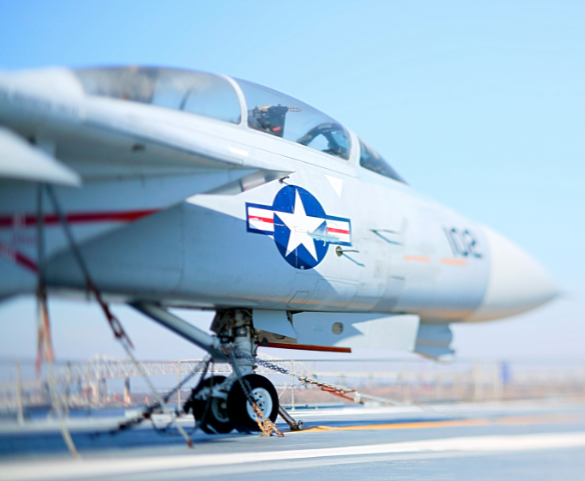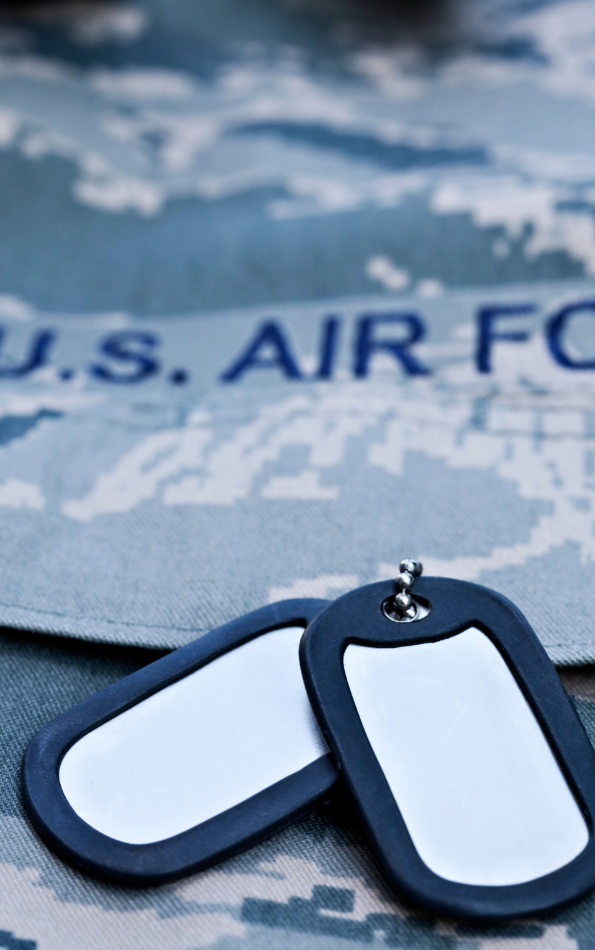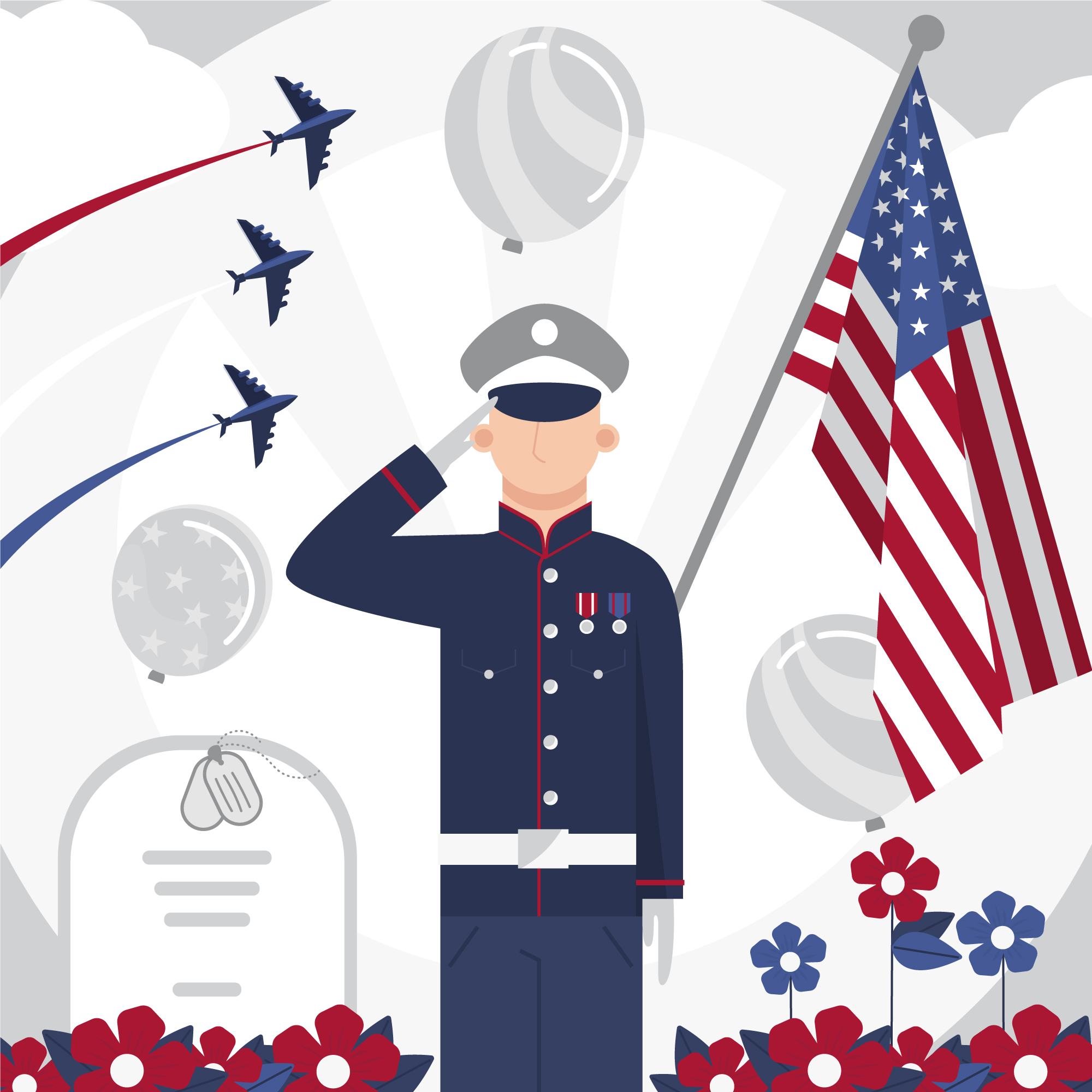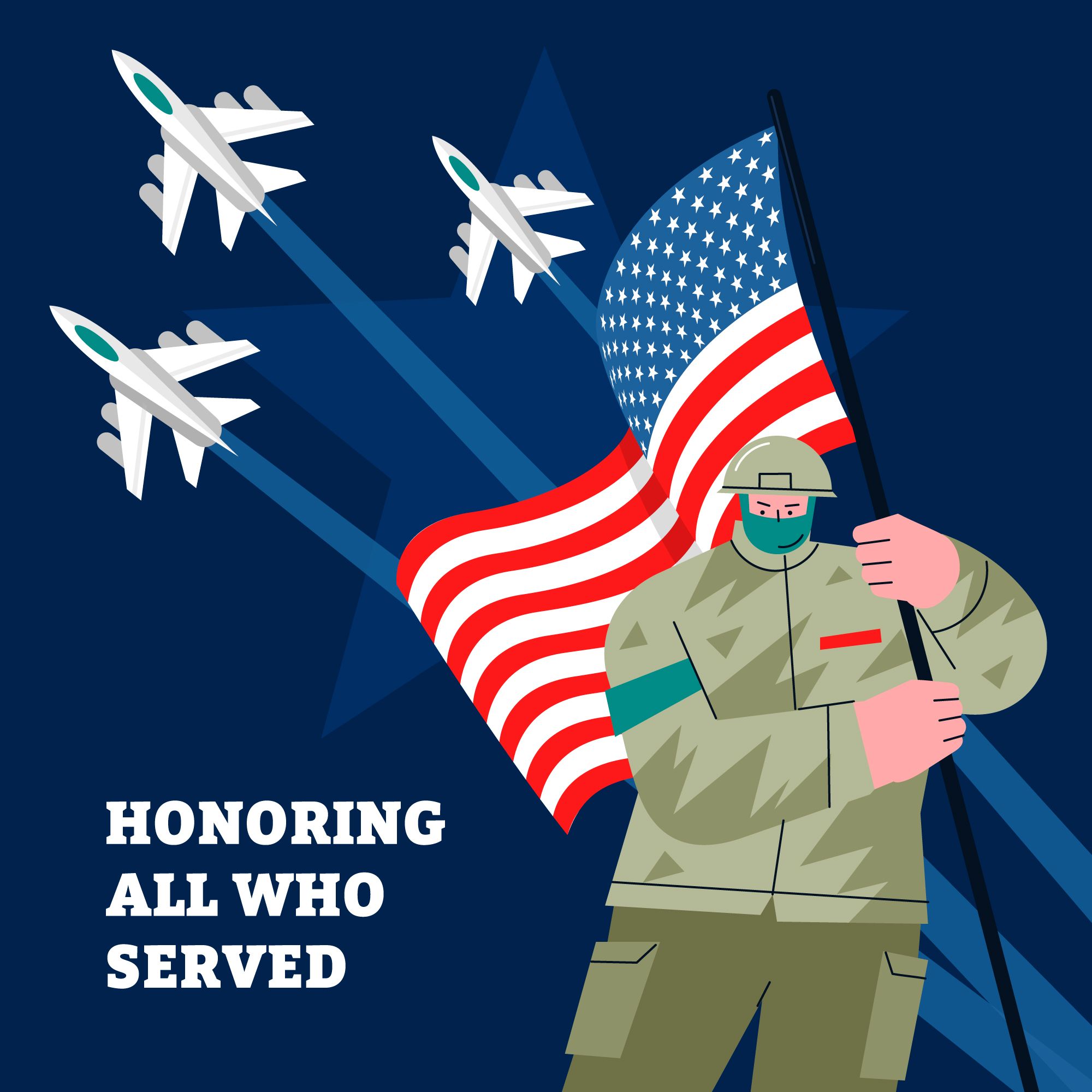
Air Force Officer Training School: Forging Leaders in the Skies
In the vast skies where freedom soars, the United States Air Force stands as a beacon of strength and security. Behind every successful mission and each technological marvel, there lies a dedicated group of men and women who have undergone rigorous training and education. At the heart of this process is the Air Force Officer Training School (OTS), a renowned institution that molds individuals into exceptional leaders ready to command in the skies. In this essay, we will explore the unique aspects of Air Force OTS, its purpose, the training process, and the qualities it seeks to instill in future officers.

The Purpose and Significance of Air Force OTS
Air Force OTS holds a vital role in the development of the United States Air Force’s officer corps. Its primary purpose is to train and prepare selected individuals, both civilian and enlisted personnel, to become commissioned officers. The officer corps is responsible for leading, planning, and executing the Air Force’s missions, from defending national interests to humanitarian aid operations.
Unlike the United States Air Force Academy, which primarily trains officers directly from high school, OTS welcomes individuals with diverse backgrounds, including college graduates and enlisted personnel seeking to transition into the officer ranks. This inclusivity enhances the melting pot of experiences, skills, and perspectives that contribute to the strength of the Air Force.
The Training Process: Air Force OTS
The journey through Air Force Officer Training School (OTS) is an intensive and transformative experience designed to develop candidates’ mental, physical, and leadership capabilities. The program consists of three key phases
Officer Preparatory Training (OPT)
For candidates without prior military experience, OPT serves as an introduction:
- Drill and ceremonies
- Military customs and courtesies
- Physical fitness
- Core Air Force values
Basic Officer Training (BOT)
After OPT, candidates advance to BOT, which emphasizes:
- Leadership development
- Tactical knowledge
- Professionalism
- Decision-making under pressure
Technical Training
Following BOT, candidates receive specialized training based on their chosen
- Aviation
- Engineering
- Logistics
- Other military specialties
Qualities Instilled by Air Force OTS
Air Force OTS places great emphasis on nurturing the qualities essential for effective leadership. Here are some of the key attributes that candidates develop during their time at OTS:
Integrity:
Integrity forms the foundation of leadership in the Air Force. OTS instills in candidates a deep sense of personal and professional integrity, emphasizing the importance of honesty, ethical conduct, and accountability. These principles guide officers in their decision-making process, ensuring that they lead with integrity and inspire trust among their subordinates.
Adaptability:
The Air Force operates in an ever-evolving and dynamic environment. OTS trains candidates to adapt quickly to changing circumstances, enabling them to make sound decisions even in high-pressure situations. Officers must be flexible and versatile, capable of adjusting their strategies to accomplish the mission successfully.
Resilience:
Resilience is a vital quality for officers who face various challenges, whether physical, mental, or emotional. OTS hones candidates’ resilience through demanding physical training, mental stressors, and simulated scenarios. By building resilience, officers are prepared to overcome adversity, motivate their teams, and lead with determination in the face of any obstacle.

The Future of Air Force Leadership
As the landscape of warfare and global security evolves, the United States Air Force must continually adapt to meet new challenges. The future of Air Force leadership will be defined by technological advancements, strategic foresight, and a commitment to excellence.
| Key Aspect | Description |
|---|---|
| Advancements in Technology | Integration of AI, drone warfare, and enhanced aircraft systems to maintain air superiority. |
| Modern Leadership Training | Refined leadership development programs focusing on adaptability, crisis management, and ethical decision-making. |
| Strategic Global Presence | Expanding global alliances and partnerships to ensure security and rapid response capabilities. |
| Cyber and Space Operations | Strengthening operations in cybersecurity and space defense to counter emerging threats. |
| Innovation and Research | Encouraging cutting-edge research and development to enhance defense strategies and mission success. |
| Diversity and Inclusion | Fostering an inclusive culture to harness diverse talents and perspectives in leadership roles. |
| Enhanced Decision-Making | Utilization of data-driven insights and AI to improve decision-making efficiency in complex operations. |
Future officers will need to embrace innovation, refine their leadership skills, and navigate complex geopolitical environments while upholding the core values of the Air Force.



